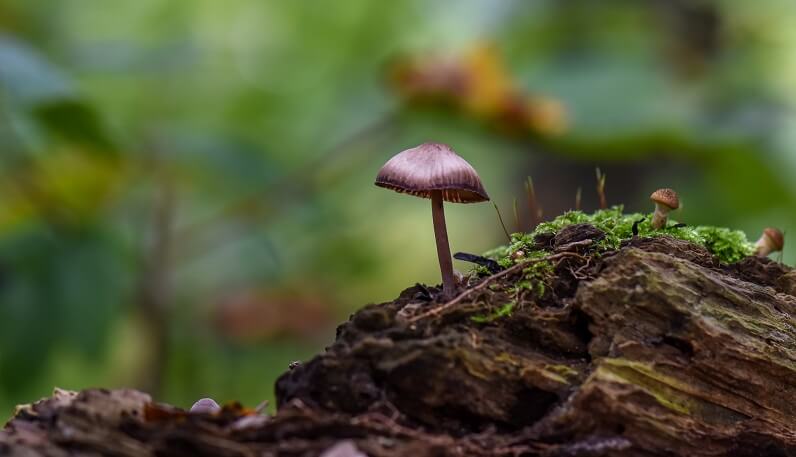The Destructive Biotic Community on Your Roof
17 September 2021
In this article, there’s scientific information, which in short form, explains how various simple plants are designed to help one another make a kind of garden together, for the mutual benefit of getting food. They help each other work together in nature, to digest of dead stuff. This is important, because if, for example, dead trees didn’t rot, forests would snuff themselves out with piled up logs that wouldn’t rot away. An absolute necessity in nature, this destructive biotic community is bad for your home and pocketbook.
Airborne bacteria and fungus accumulate on all organic matter. When Micro Organisms feed, they secrete enzimes that break down the once living matter, making it easier to digest. For example, the bitumen in asphalt shingles is from oil, which came from long-ago living beings.
Spores form part of the life cycles of many plants, algae, fungi and protozoa. Endospores are commonly found in soil, air and water, where they may survive for long periods of time. They mobilize to your roof through wind, from forests and any biologically active area, such as grasses and trees.
microbial growth like decomposer like bacteria, mold, moss, algae and lichen before they take hold or take-over your new roof. First you will start to notice black streaks, normally caused by a blue green alga, Gloeocapsa Magma, which has turned dark to protect itself from UV damage.
On roofs, Spores bring waves of algae, which create stains, and begin a kind of soil – like environment for fungus and moss. Together, they feed, first on impurities on the shingles and then on the actual building products. This is their purpose, to break down dead things into soil. This is called a destructive biotic community, and as rot progresses, this community can eventually extend to worms, bugs and even rodents.
